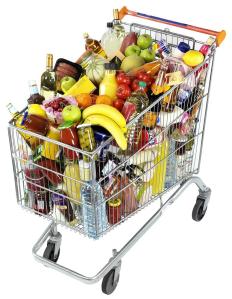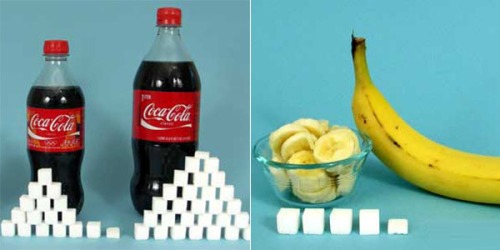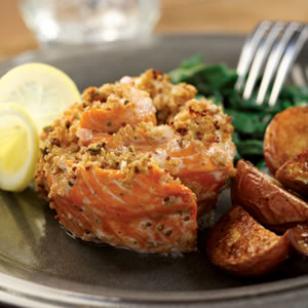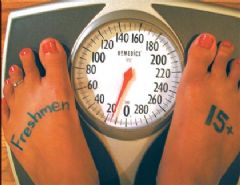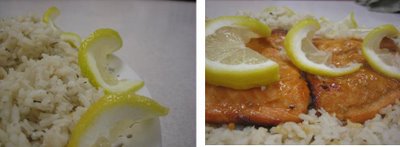Now that we’re out on our own a great thing to learn is how to shop for ourselves. The most important part of grocery shopping is budgeting. Healthy foods tend to be more expensive, but if you save money in other areas you can splurge on that healthy treat. There are some great ways to save without sacrificing quality. Here are some great hints:
- Buy generic. In my food preparation class we did a blind taste test between the national brand and store brand, in 5 of the 6 I actually preferred the generic. And in all cases they were significantly less expensive.
- Don’t shop on an empty stomach. Everything looks more appealing when you’re hungry.
- Read the ad’s. It seems like every time there is an Ad in the Daily Universe it is always left behind in the stack. Students need to pay better attention to what the great sales are. If your favorite snack food is on sale, stock up on it. Macey’s and Smith’s both have their weekly ads online.
- Make a shopping list. Then stick to it. I’ve found whenever I make a detailed list of what I need before I go to the store I really do follow it and am not likely to add other items to my cart.
Once you get these key things down you’re on your way to becoming a wise shopper. Don’t let the supermarkets trick you into buying their overpriced products, find them cheaper somewhere else. Shop at a few different stores if you need, price check. College is the time to sacrifice, but you won’t have to if you shop smart.
